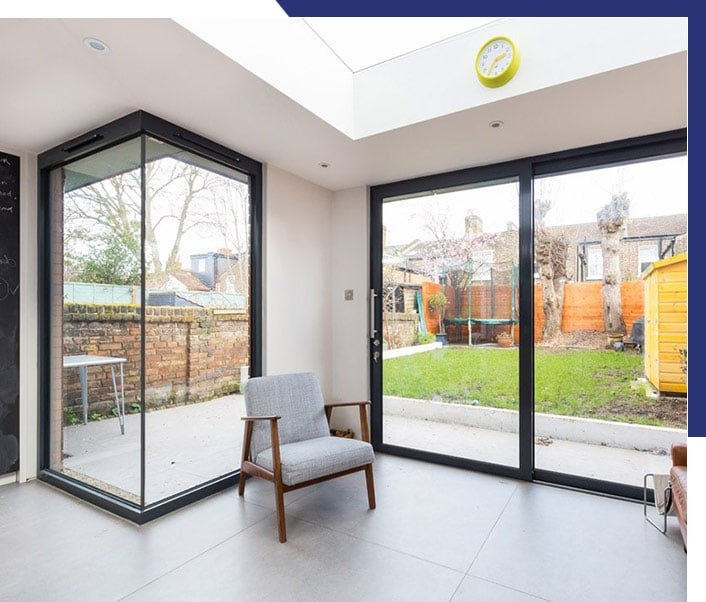Glass-to-glass windows, also known as frameless windows or seamless windows, are a type of window design that features large expanses of uninterrupted glass. Unlike traditional windows that have visible frames or mullions, glass-to-glass windows create a seamless and transparent appearance, allowing for unobstructed views and maximizing the amount of natural light entering a space.
The key characteristic of glass-to-glass windows is the absence of visible frames or structural elements between the glass panes. Instead, the glass panels are connected using specialized hardware, such as structural silicone or transparent adhesives, to create a virtually frameless look. This design choice gives the impression that the windows are composed solely of glass, providing a sleek and modern aesthetic.
Glass-to-glass windows are often used in contemporary and minimalist architectural designs, as they contribute to an open and spacious atmosphere. They are commonly utilized in residential buildings, commercial spaces, and high-end structures where maximizing views and natural light are desired. These windows are particularly popular in areas with scenic or panoramic views, as they offer unobstructed sightlines.
